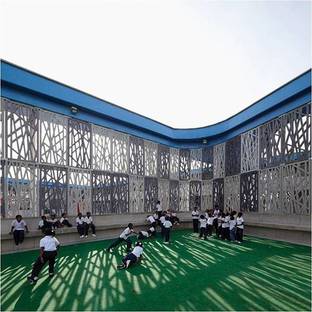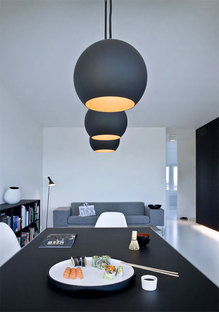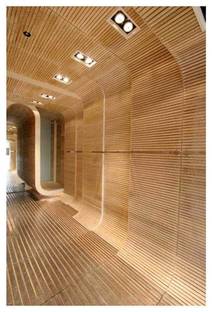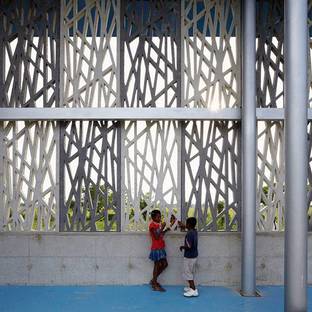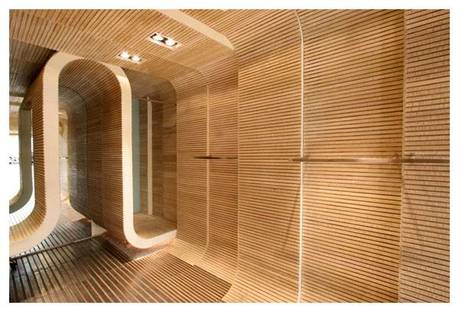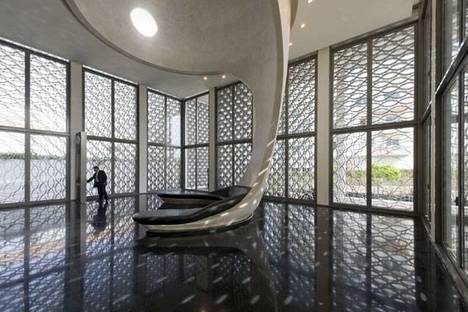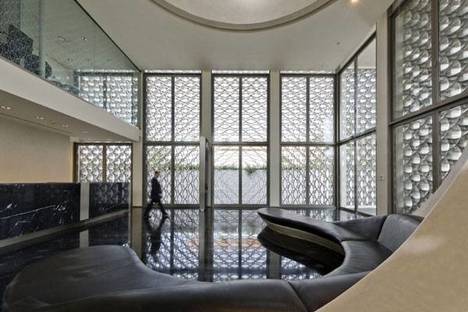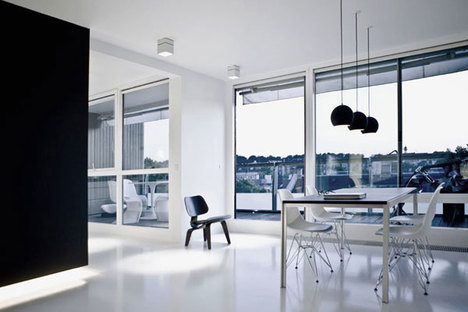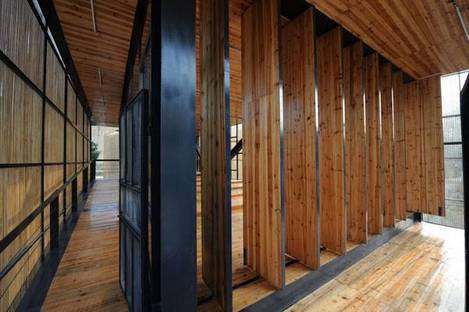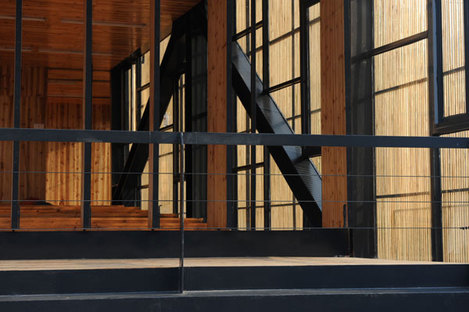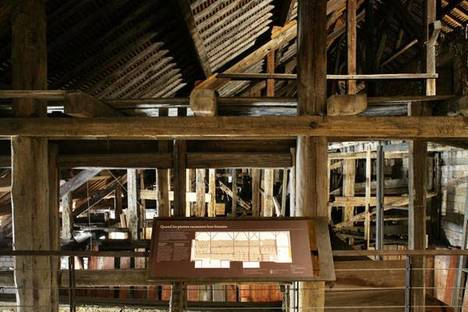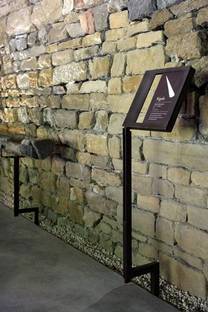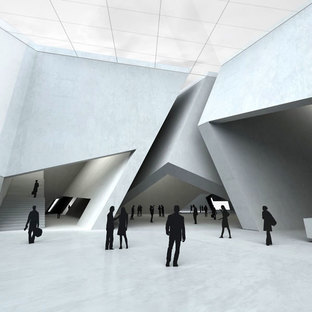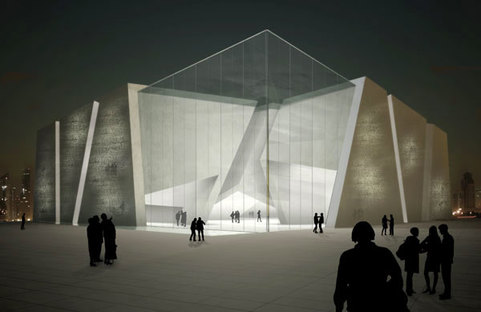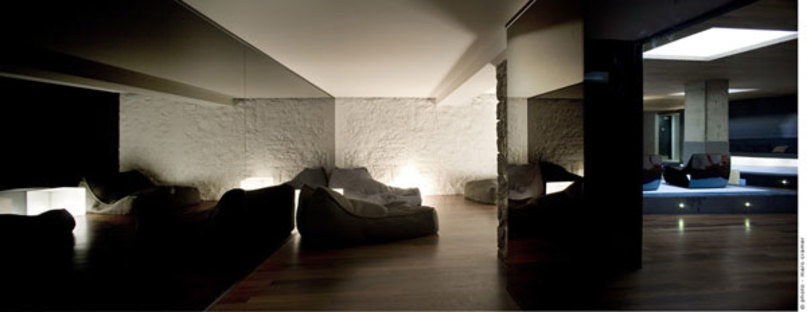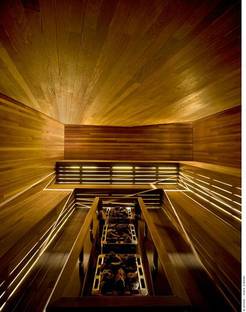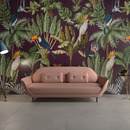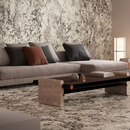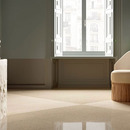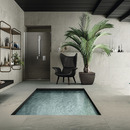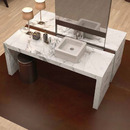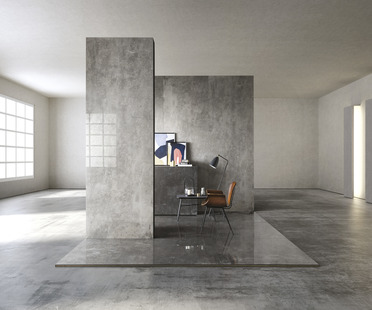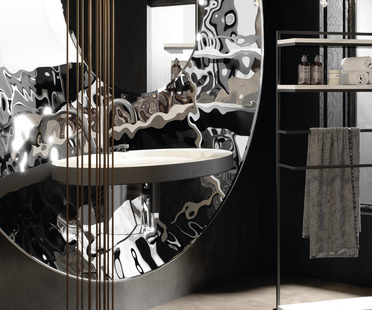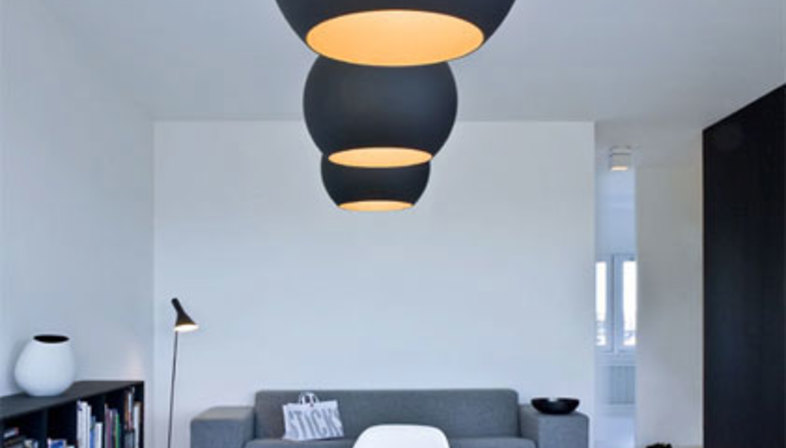 Taste in interior architecture is defined by the relational whole established by spaces and things. A very clear notion for those who work in interior architecture, for when working on an interior design project, we must deal with two key components: space, and the objects that make it useable. Interior architecture naturally involves many more aspects of design, but here we shall intentionally emphasise the relationship established between space and things.
Taste in interior architecture is defined by the relational whole established by spaces and things. A very clear notion for those who work in interior architecture, for when working on an interior design project, we must deal with two key components: space, and the objects that make it useable. Interior architecture naturally involves many more aspects of design, but here we shall intentionally emphasise the relationship established between space and things.Space is defined by the presence of certain limits, walls or graphic signs, whether horizontal or vertical: physical or perceptive barriers which allow us to identify the area in which we find ourselves. This aspect is practically taken for granted by designers, but hard for the majority of people to understand, in that the space we live in is the effect obtained by building barriers capable of expressing a place’s character. This is an operation which is subjectively interpreted through different compositional choices.In actual fact there are different theories about the design of interior spaces, expressed for instance in forms of architecture that deconstruct space to make it fluid and others which make calibrated use of boundaries to give rooms a geometric identity, to mention only the two opposite extremes. Speaking in terms of opposites, then, we have on the one hand a perception linked with the marvel of the new, and on the other the enjoyment of orientation.
These two approaches also affect our historical or anti-historical recognition of living spaces. Without declaring ourselves to be in favour of one or the other, the interesting thing to look at here is the relationship created between history or anti-history and place. Fluid, deconstructed, self-referential spaces deny the context in which they are inserted and reveal it by standing out from it, declaring themselves in favour of anti-history, while the geometric multi-referential spaces of orientation incorporate location and ensure that it is perceived through programmed perspectives, declaring their historical continuity. It therefore becomes clear that the theoretical predilection underlying an interior design project involves not only the construction, but the context in which it is built, expressing in this relationship a choice linked with the notion of taste and its position in relation to history.
Shifting downscale, we come to the world of objects, the mobile or semi-mobile elements that complete interiors and make them comfortable. These elements come to living places which are already rich with their own aesthetic and their own relational significances, laden with a taste that is linked with the industry that produced them and the designer who created them. Interior architecture must in any case be completed by these objects to be usable, for we could not have a hall without surfaces and wall coverings or a public space without lights and chairs, to take only a couple of examples; and so we must add objects designed by designers to the spaces designed by architects. Both are full of taste, which must be amalgamated, forming relationships.
This is the marriage on which we base, in conclusion, one of the basic rules qualifying interior architecture: taste is expressed by the sum total of the relationships established between the sensibilities involved in designing objects and those involved in designing spaces. It is through this assumption that this discipline manages to express itself.
Paolo Schianchi










